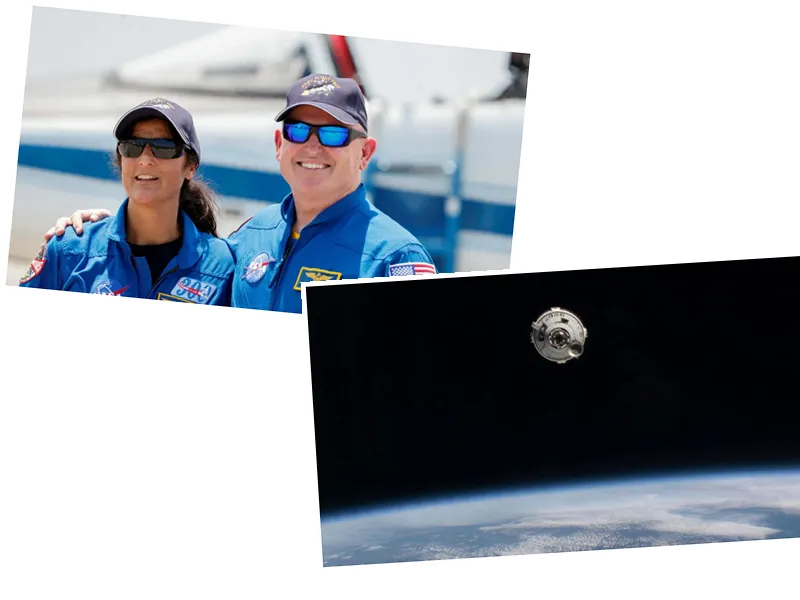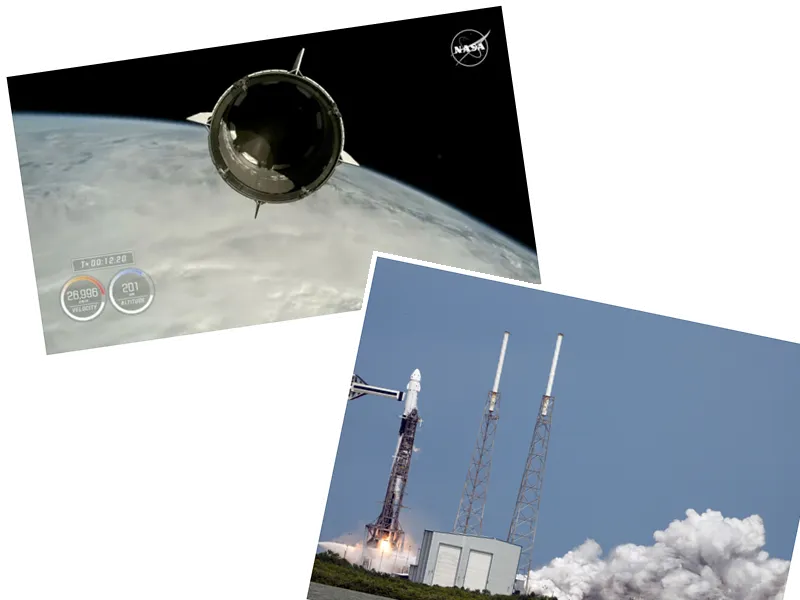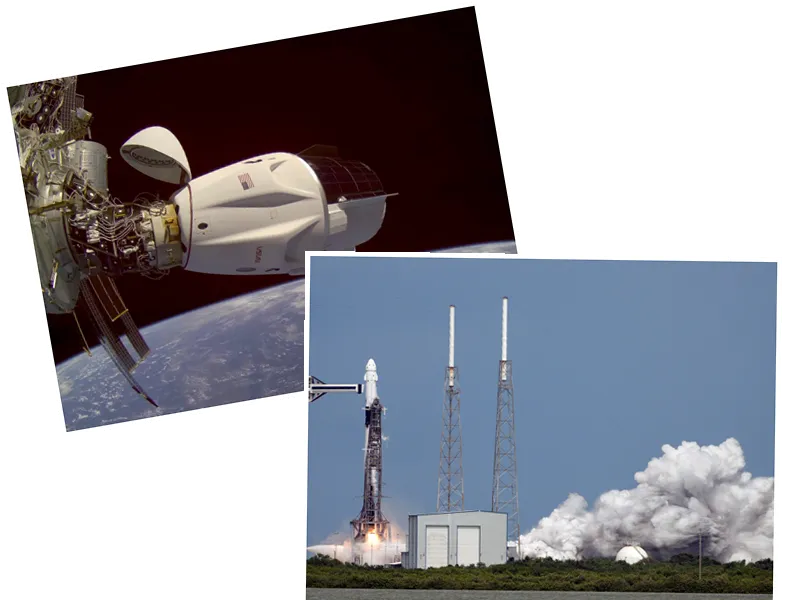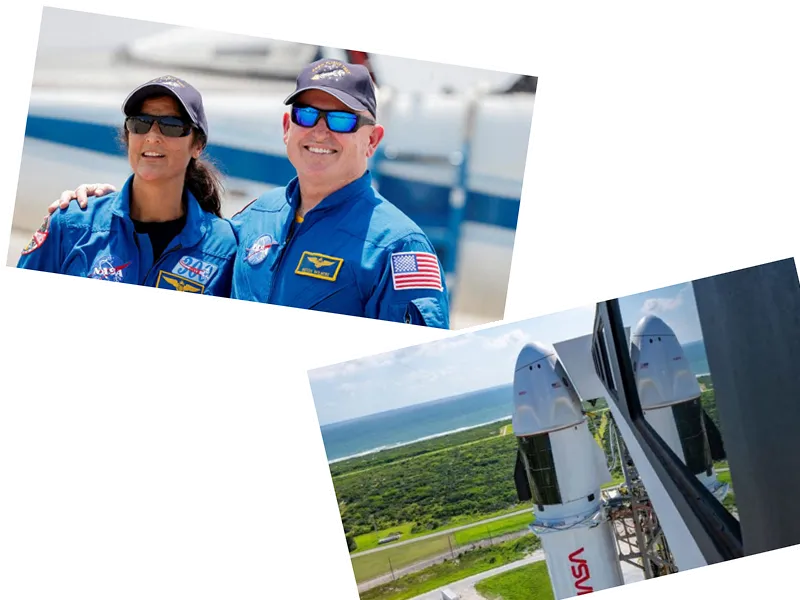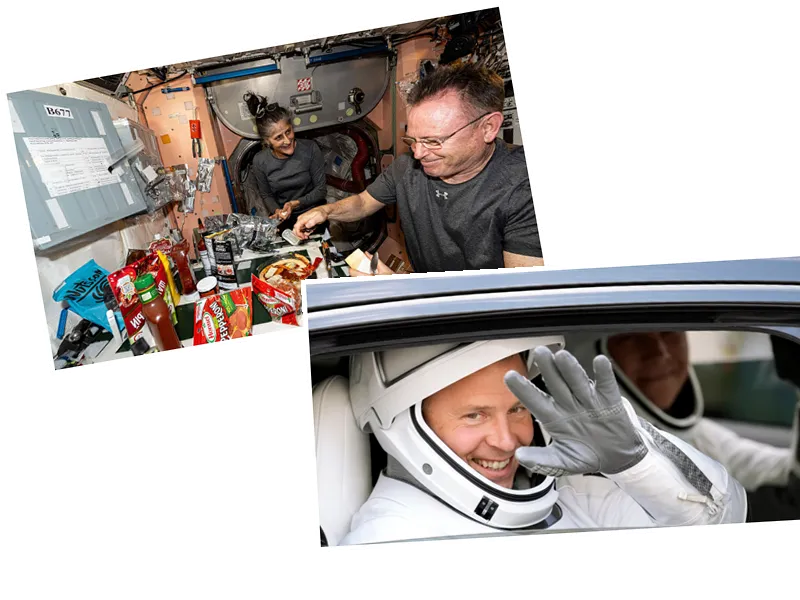NASA has announced that two astronauts, Butch Wilmore and Suni Williams, will be rescued from the International Space Station (ISS) using SpaceX's Crew Dragon spacecraft after their Boeing Starliner faced significant technical issues. Initially launched in June, the Starliner mission encountered critical failures, including overheating thruster engines and helium leaks, which led to an extended stay of nearly 80 days in space for the astronauts. NASA's decision comes after weeks of deliberation, as it became clear that the Starliner would not be safe for their return. The Crew Dragon mission is expected to take place in February 2025, marking a significant setback for Boeing, which had hoped to use the Starliner for regular ISS missions.
The Starliner's maiden crewed flight was intended to demonstrate its capabilities for future missions, but the malfunctions raised serious safety concerns. Despite Boeing's confidence in resolving the issues, NASA's thorough investigation revealed uncertainties that ultimately influenced the decision to utilize SpaceX's proven spacecraft. This situation underscores the importance of having multiple spacecraft options in NASA's Commercial Crew Program, allowing for flexibility and safety in astronaut transportation.
- The Starliner spacecraft's journey has been fraught with challenges since its inception. The recent technical malfunctions not only jeopardized the astronauts' safety but also delayed Boeing's plans to certify the Starliner for human spaceflight. This certification is crucial for future missions that would transport astronauts to the ISS for extended stays. Boeing's delays and budget overruns continue to contrast sharply with SpaceX's successful track record, which includes over a dozen crewed missions since 2020. As NASA navigates this complex situation, the agency remains committed to ensuring the safety of its astronauts while maintaining its partnerships with both Boeing and SpaceX.
